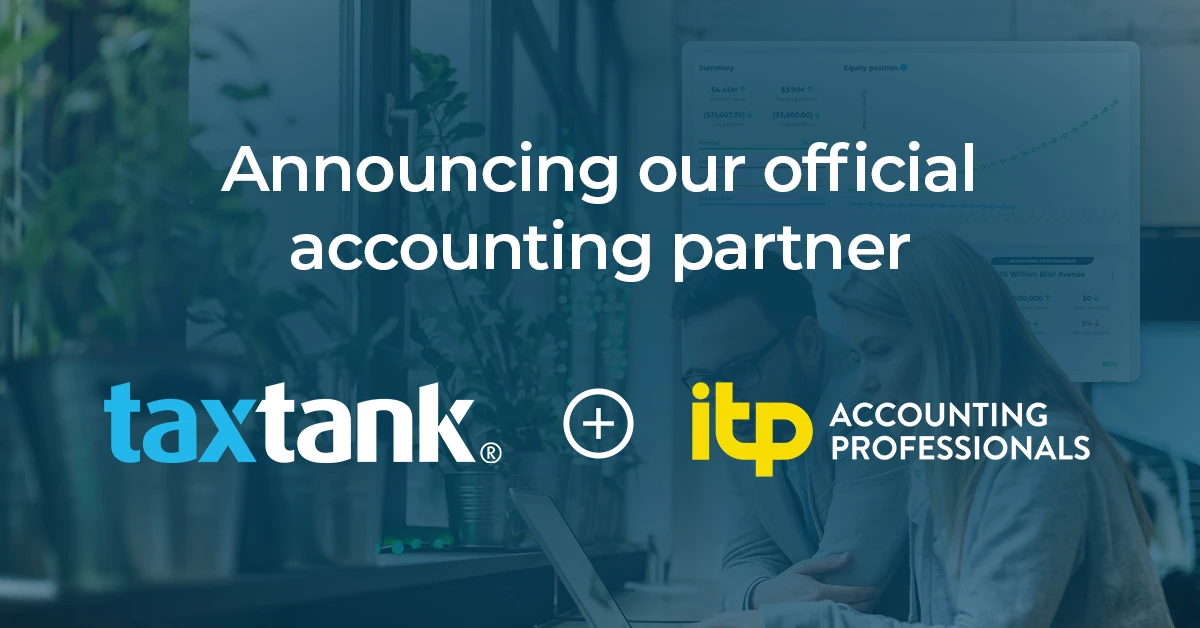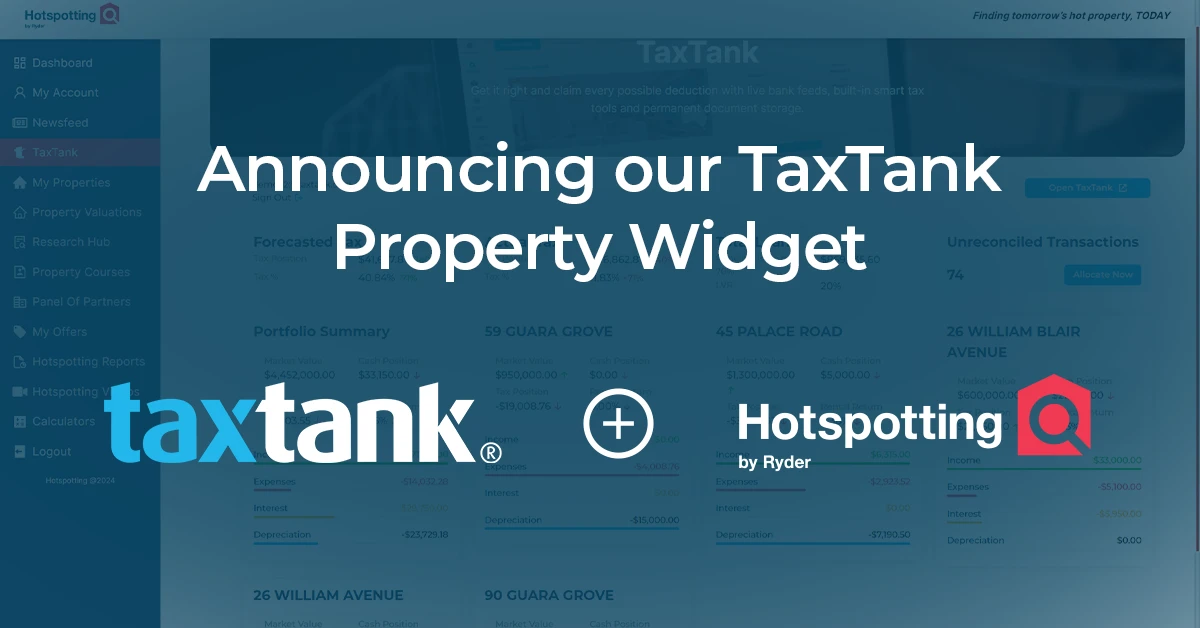The Federal Government’s $8.6 billion cost of living package was the centerpiece of this year’s 2022 Federal Budget address. From temporary cuts of the fuel excise, to an expansion of the low and middle-income tax offset, the package contains various support measures aimed at easing rapidly rising cost of living expenses and business input costs.
Fuel excise cuts
To combat the rising price of petrol, the Government has temporarily cut the fuel excise by 50% which will be in effect for a six month period commencing 30th March 2022. While only a temporary measure, it is estimated that this reduction will result in household savings of between $9.72 to $19.45 per tank of petrol, depending on the vehicle.
Cost of living offset
The Government has increased the low and middle-income tax offset (LMITO) this financial year, benefiting up to 10 million Australians at tax time who earn less than $126,000 per annum. This translates to an extra $420 in savings for every person who falls into this tax bracket.
Cost of living payment
Additionally, eligible pensioners, welfare recipients, veterans and concession card holders will be provided with a one-off payment of $250 to assist with cost of living pressures which will be paid in April 2022.
TaxTank’s assessment
These support measures will undoubtedly provide much needed relief in the short-term for consumers and businesses, but the primary issue is that they are only temporary in nature. The fuel excise cut will expire after six months and the LMITO is due to expire at the end of the 2021/22 financial year, resulting in a tax increase for many Australians.
Additionally, the combined one-off $420 offset and $250 cost of living payments will inject an additional $4.1 billion into an already overheated economy. This comes at a time when inflation is already running at elevated levels in Australia, and at multi-decade highs in the US and elsewhere.
With interest rates starting to rise from record-lows across the world, it seems only a matter of time before the RBA raises the cash rate here in Australia. The Government’s COVID-19 fiscal stimulus and now cost of living stimulus, while well intentioned, will likely only accelerate the RBA’s decision to do so. This will of course further increase pressure on households, making debt serviceability harder, especially for highly leveraged households.
TaxTank’s Outlook
The COVID-19 pandemic forced nations around the world including Australia to spend big and borrow big. This was undoubtedly needed to support the economy however, total Australian government debt is expected to reach a record $906 billion by the end of this financial year and to surpass $1 trillion in FY 2023-24. As interest rates begin to rise, the serviceability of this debt will become increasingly expensive, and this will require governments to find billions in additional funds to pay for it.
While it’s unclear how governments plan to reduce the current budget deficit, it seems likely that increased taxes will be on the agenda. This is despite Australian’s personal income tax as a share of government revenue sitting at 42 percent[1], the second highest in the OECD, bringing in $229.7 billion[2] in personal income tax in 2019-20.
Additionally, in 2020 alone, the ATO collected $552 billion in tax revenue, 42 per cent of which was from individual income tax – 2.4 times more than businesses. This figure also excludes property taxes, taxes on insurance, GST and various state taxes.
Optimise tax reporting to boost income
It’s no secret that taxes in Australia are high relative to other OECD nations. The bad news is the prospect of rising interest rates combined with record levels of debt and an ageing population could result in even higher taxes in the near future. It’s an uncomfortable reality that needs to be considered.
The good news is that there are many ways tax can be reduced and optimised. While many savvy Australians look at investing or ways to cut down on their expenses, optimising tax is a surprisingly overlooked strategy. This is despite tax being one of the highest yearly expenses.
While keeping track of your taxes and optimising them throughout the year might not sound exhilarating, it can be surprisingly easy to do if you have the right systems in place. TaxTank leverages smart automation to do precisely this, helping taxpayers squeeze more out of their income, with or without the help of an accountant.
When it comes to tax optimisation and planning, paying attention to the smallest details can result in large savings and failure to do so is akin to throwing money away. TaxTank has been designed for this reason and gives Australian taxpayers the power to manage their own tax affairs, claim every possible deduction and completely take the hassle out of tax time.
[1] OECD Revenue Statistics 2021 – Australia
[2] Australian Government revenue Budget Review 2020–21 Index





